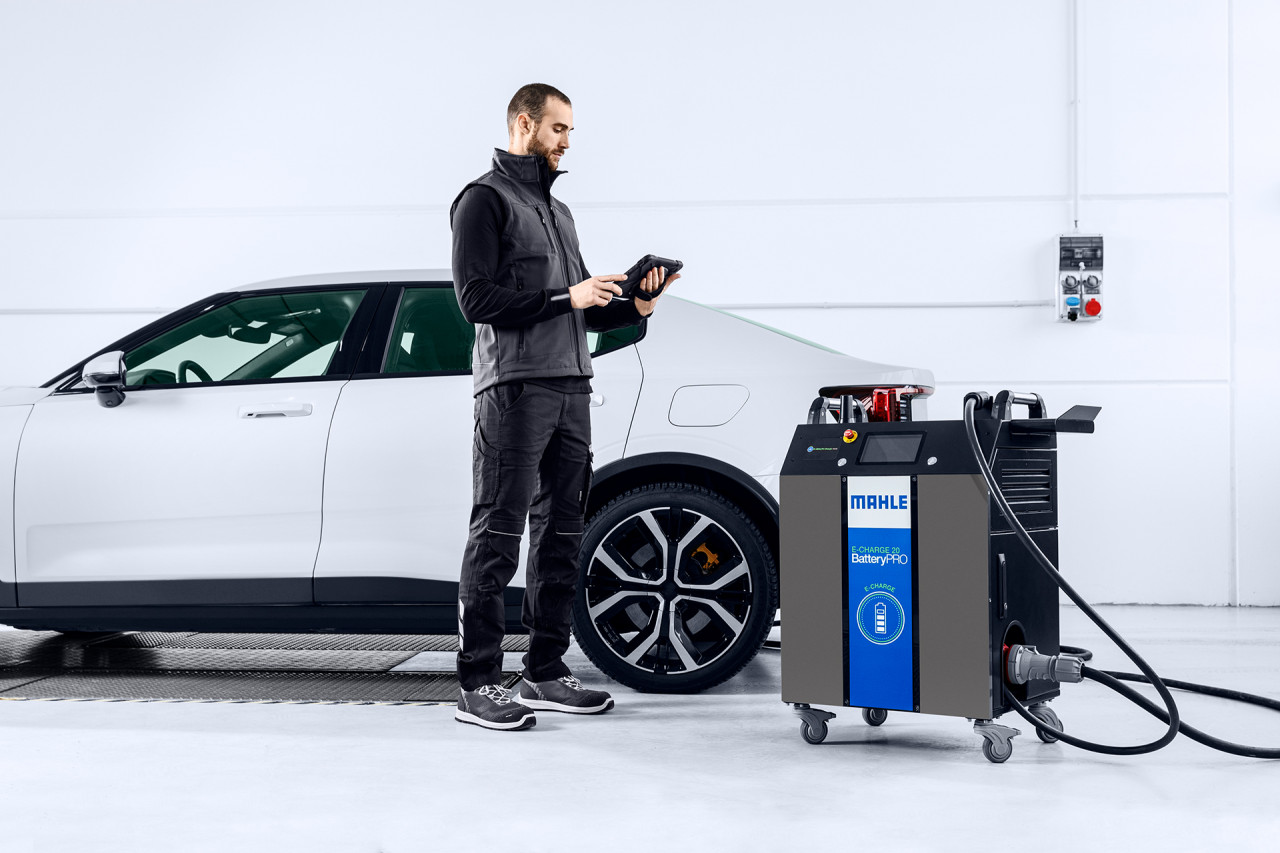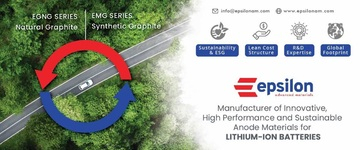Business models and policy for EV charging stations
While there are many advantages to using EVs, the transition to e-mobility will require a parallel development of a robust charging infrastructure. Gireesh Shrimali, PhD and Precourt Scholar at Stanford University, takes a look at charging needs and the role policy can play in setting charging business models.
Electric vehicles (EVs) have multiple advantages, including direct reductions in global as well as local air pollution, and improved energy security via reduced oil imports. EVs are likely to play a key role in the decarbonization of the transportation sector, which currently accounts for 15 percent of global emissions worldwide.
EV charging has been posited as a key barrier for adoption of EVs. While we have acknowledged other barriers, such as vehicle attractiveness, range anxiety, upfront costs, battery degradation, etc.; and have examined them in prior research; we focus on the key issue of EV charging in this thought piece.
In many cases (e.g., private vehicles, especially cars), due to infrequent charging needs, charging is likely to mostly happen at end points, i.e. at residences and commercial or industrial places. For example, in India, a significant fraction (almost 90 percent) of the car charging is likely to happen at end points.
In many other cases (e.g., shared mobility, fleets, etc.), ensuring that these EVs are covering their expected daily distance will likely need adequate availability of charging (and/or battery swapping) stations. Charging may even need to be fast charging (to the order of 10 minutes) to overcome the key issue of charging times. Battery swapping may also be necessary, given it addresses the twin issues of upfront cost and charging time simultaneously, in particular for two- and three-wheelers, which are the dominant mode of transportation in developing countries.
In these cases (where charging stations will be necessary), we need to ensure that there are enough to avoid the lack of charging stations becoming a bottleneck to appropriate diffusion of EVs. This is quite the chicken-and-egg problem, raising the issue of what comes first – charging stations or EVs. On one hand, without a significant penetration of EVs, i.e. demand for charging, it is hard to justify a business case for charging stations. On the other hand, without a significant penetration of charging stations, appropriate EV diffusion may not occur.
Two interrelated questions would need to be answered in this context. One, how should policy be designed to provide adequate support to charging infrastructure based business models? Two, what should be the ownership structures for these business models?
On the first question, assuming charging station businesses have access to some estimates on likely costs, any appropriate business model would require some sense of potential revenues that can be realized. This requires having some clarity on likely tariffs for charging as well as likely demand for charging, and policy has a key role to play in providing both.
Tariffs for charging EVs can be either market-based, or set by the electricity regulator. In any case, there needs to be policy clarity on allowed tariffs for charging, so that a charging station business can plan for the future. For example, in India, the regulators have not only opened up charging to third parties, but have also defined regulated tariffs. Similarly, the electric utilities in the US offer multiple electric car charging rates.
On the second question, while one could argue for the need for publicly funded charging stations, there can be three financially viable private ownership models – utility owned, fleet operator owned, and third party owned. It needs to be noted that collaboration is always possible among these three, with the third-party owned being the riskiest proposition given lack of overlap with previously existing business lines for the owner.
Over a period of time, electric utilities have been taking an active approach and financing batteries, primarily as a solution to overcoming the upfront cost issue. This solution can be extended to utilities setting up charging stations as well. All of this – i.e., setting up charging stations and financing batteries – can be an extension of utilities' core business of selling electricity, and a potential solution to overcoming the so-called utility death spiral. In fact, this would be similar to the gas stations set up by oil and gas companies in the early days of automobiles.
Similarly, there is a likely business case for fleet operators (or shared mobility providers) to set up charging stations, based on their expected demand for such EVs, including their own EV business and others. In fact, given the need to keep vehicles moving, setting up charging stations may become a necessity for these operators.
Only the future will reveal the actual mix of charging station business models. However, one thing is for sure – in all potential scenarios, policy can play a key role in the establishment of privately-owned charging station networks. This can be done by ensuring that not only is there clarity on demand realization as well as EV charging tariffs, but also that the regulatory bottlenecks are removed in setting up charging stations in an expedited manner; to ensure diffusion of EVs in a rapid manner, and meeting countries' policy (and climate) targets.



























